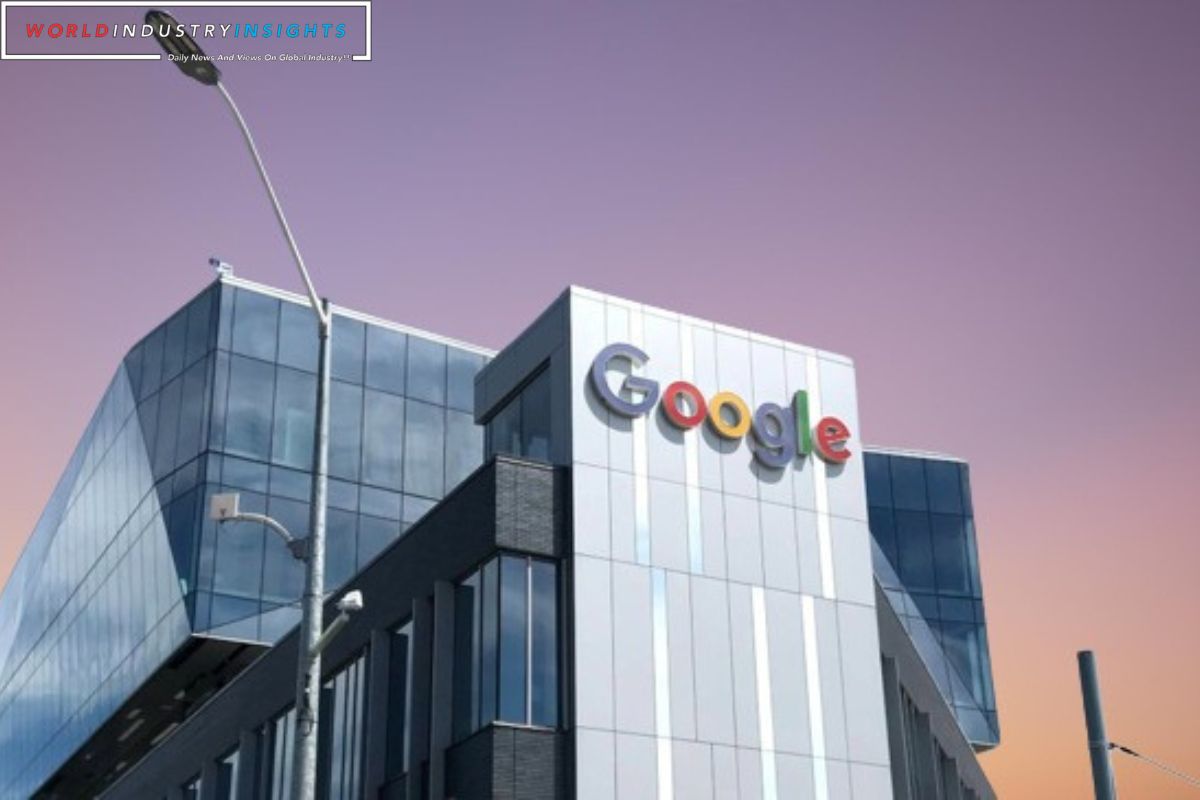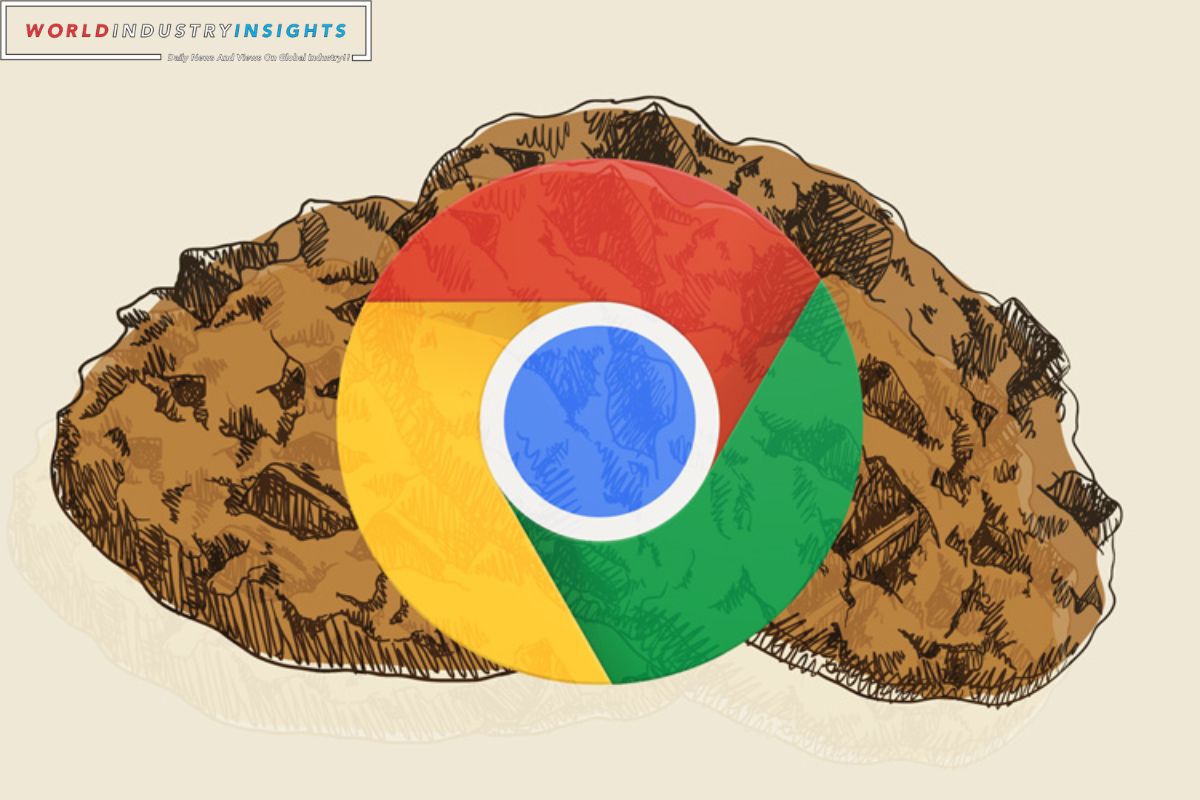Google Chrome Browser: Alphabet’s Google is gearing up to test a new feature on its Chrome browser as part of its ambitious plan to eliminate third-party cookies, a move that has raised concerns about antitrust implications. The feature, known as Tracking Protection, will be introduced on January 4 to 1% of Chrome users worldwide, restricting cross-site tracking by default.
Google’s broader goal is to completely phase out the use of third-party cookies for users, with the second half of 2024 marked as the target. However, this timeline is contingent on addressing antitrust concerns raised by the UK’s Competition and Markets Authority (CMA), which has been scrutinizing Google’s plan to curtail support for certain cookies in Chrome.
The CMA’s investigation is driven by concerns about potential competition impediments in digital advertising, a crucial segment for Google’s revenue. The watchdog is closely monitoring Google’s advertising practices amid the broader industry shift away from third-party cookies.
Also Read: Google Throws Down Gauntlet, Urges UK Regulator to Curb Microsofts Cloud Dominance Tactics
Cookies, special files enabling websites and advertisers to identify individual users and monitor their online activities, have long been a staple in online advertising. However, Google’s move to eliminate third-party cookies has sparked debates, with advertisers expressing concerns about limitations on personalized ad targeting and increased dependence on Google’s user databases.
Margrethe Vestager, the European Union antitrust chief, emphasized in June that investigations into Google’s tools designed to block third-party cookies, part of the “Privacy Sandbox” initiative, would persist.
While the phasing out of cookies may limit advertisers’ traditional data collection methods, some industry observers, like BofA Global Research, anticipate a shift in power toward media agencies. Agencies capable of delivering proprietary insights at scale may find new opportunities as the advertising landscape undergoes significant transformations. As Google navigates the complexities of its plan, the implications for the advertising industry remain at the forefront of the evolving digital ecosystem.
Our Reader’s Queries
How do I open my Chrome browser?
To launch Google Chrome on your computer, simply click on the Start menu and select Default Apps. From there, you can easily access Google Chrome and start browsing the web. With Windows 11, it’s never been easier to get started with your favorite applications. So why wait? Start exploring the web today with Google Chrome and enjoy a seamless browsing experience like never before.
How do I get Google Chrome browser?
Get Chrome on your Android device by accessing Google Chrome and tapping on the Download Chrome option. Once downloaded, install the app and start browsing by tapping on the Open button. You can easily locate Chrome on your Home screen or in “All Apps” and access it by simply tapping on the Chrome icon.
How do I get into my Chrome browser?
To access your Chrome account, simply click on the Profile icon located at the top-right corner of the window. If you’re already signed in, your name will be displayed instead of an icon. From the dropdown menu, select “Sign in to Chrome” and a sign-in form will appear. Enter your login credentials and click “Next” to proceed. Once you’ve successfully entered your password, you’ll be signed in to your Chrome account.
How do I check my Chrome browser?
To find out which version of Google Chrome you’re using, simply launch the browser and click on the three vertical dots in the upper right corner. From there, scroll down to the Help option and hover over it. Click on About Google Chrome in the new menu that appears. A new window will open up, providing you with all the information you need about your browser’s version. It’s that easy!


